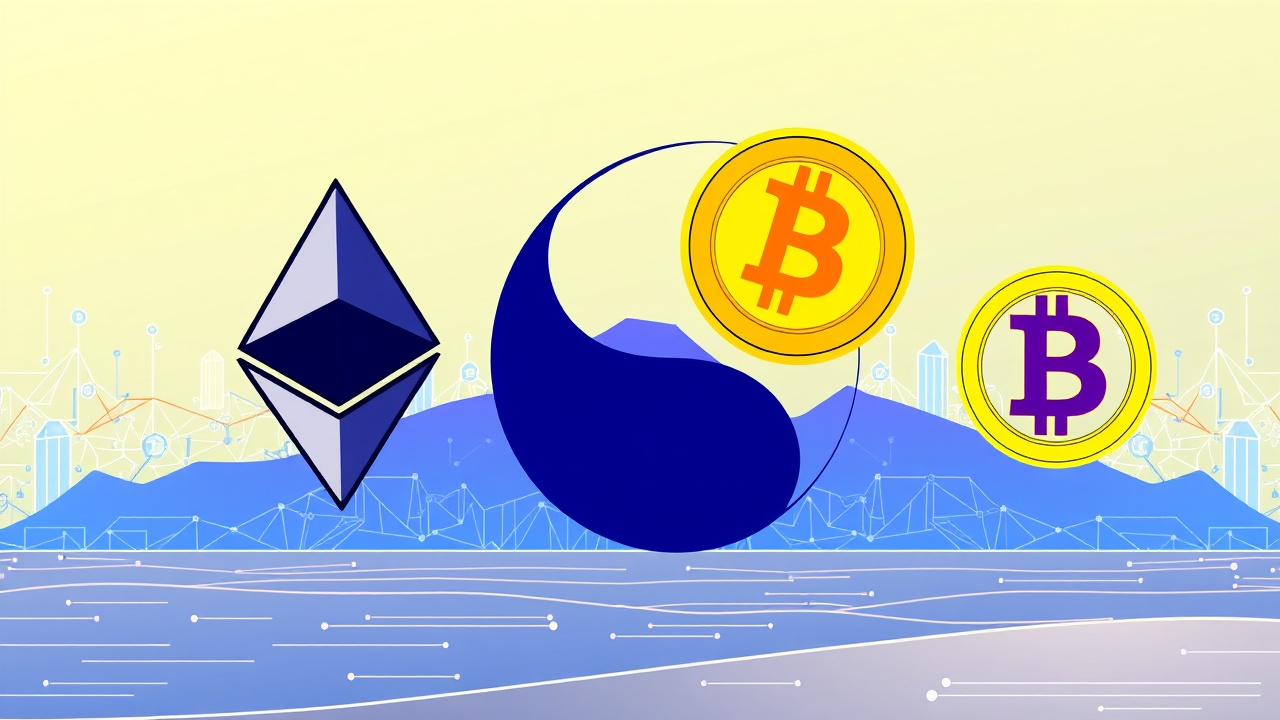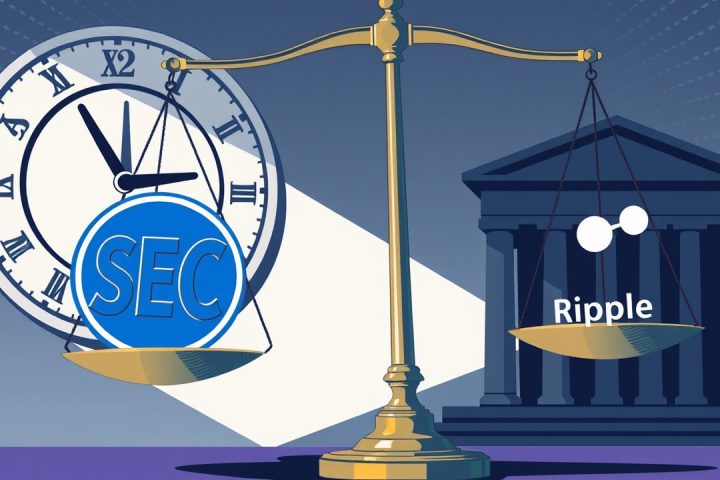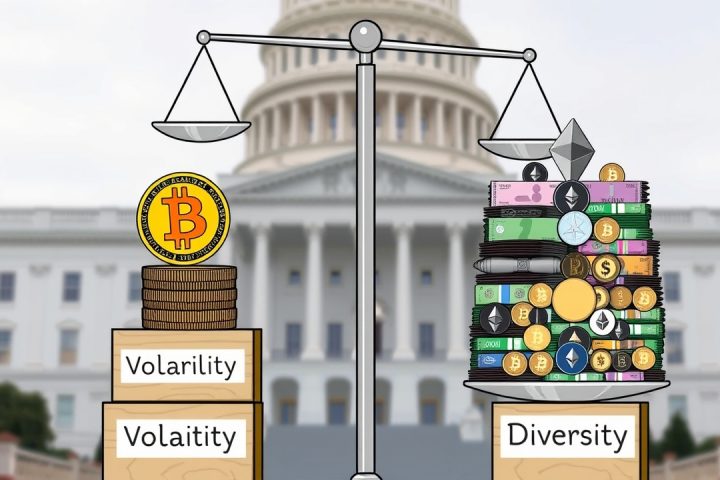The Transformative Resurgence of Ethereum
The landscape of Ethereum is undergoing a transformative resurgence, harking back to its simpler roots while also advancing toward a sophisticated future. Established enthusiasts who jumped into the ecosystem back in 2017 may reminisce about an era characterized by swift transactions, low fees, and seamless wallet management—attributes that made cryptocurrency incredibly accessible.
Evolution Towards a User-Friendly Platform
Today, Ethereum is evolving into a more user-friendly platform, strategically revising its framework to align with a modular architecture. This involves concentrating on security and settlement at its core while leveraging Layer 2 solutions to enhance speed and user experience. Recent innovations, such as Rollups, EIP-4844, and account abstraction, promise to create an Ethereum environment that is more streamlined, secure, and cohesive.
Despite high-frequency trading activities shifting toward Layer 2 solutions and TRON gaining traction in stablecoin markets, Ethereum’s main network remains the prime hub for developers, capital, and protocols.
Ethereum’s Economic Clout
Current metrics underscore Ethereum’s economic clout; the blockchain boasts approximately $62 billion in total locked value, significantly outpacing its competitors. Furthermore, its dominance in stablecoins, with a market cap exceeding $126 billion, solidifies its position as the leading network for stablecoin issuance and circulation. This robust ecosystem is a central player in driving the monumental trading volumes seen monthly across decentralized exchanges (DEX).
A Vision for the Future
Ethereum has a vision of serving as the ‘world computer’, aspiring to become the most secure and neutral settlement layer for both global finance and digital assets. The foundation’s ambitious trillion-dollar security initiative targets the capability to hold assets equating to the entirety of the UK stock market, thereby supporting a comprehensive on-chain experience.
The alignment of traditional financial institutions with Ethereum is becoming evident, as firms like JPMorgan Chase, BlackRock, and Franklin Templeton leverage its blockchain capabilities to forge a future within Ethereum’s framework. Legislative advancements, like the European Union’s MiCA (Markets in Crypto-Assets Regulation), are facilitating compliance and inviting institutional funds into the space.
Transforming Transaction Dynamics
Layer 2 solutions are transforming transaction dynamics, with platforms like Base, Arbitrum, and Optimism now recording daily transaction volumes that surpass those of the Ethereum mainnet. This uptick is bolstered by drastically reduced costs—by as much as ten to one hundred times—making once-aspirational free trading a more tangible reality. Innovations such as the Dencun upgrade introduce Blob, a temporary data storage system that drastically decreases costs associated with Layer 2 transactions.
Enhancing Usability and Interoperability
Account abstraction is pivotal in resolving usability barriers, aiming to simplify user interactions with the blockchain. This initiative promises a future where users don’t have to fret about gas fees when interacting with DApps or fear losing their wallets due to complex recovery processes. Instead, through mechanisms like Paymaster, which could cover gas costs, users may transact as easily as they do in traditional finance, leaving behind the anxiety related to mnemonic phrases and tedious manual confirmations.
Enhancing interoperability remains a crucial objective; the current experience can feel fragmented, with diverse identities and assets scattered across separate Layer 2 environments. Emerging technologies are set to bridge these gaps, creating a cohesive ecosystem where users can effortlessly execute complex cross-chain transactions without encountering common pitfalls.
A Unified Ethereum Experience
Soon, users will be able to initiate uncomplicated transactions across various Layer 2s with minimal effort—just a fingerprint scan to authorize, and a dedicated system working in the background to ensure all logistics are handled seamlessly, ensuring safety and efficiency. Picture a future where your assets are effectively staked across platforms to yield optimal returns, all managed intuitively through a unified interface.
This simplified, coherent environment is what we can refer to as Unified Ethereum—not a distant utopia but a reality taking shape today. The mainnet upholds trust, Layer 2 focuses on performance, and advanced interoperability technology paves the way for a seamless user experience. In this renewed paradigm, wallets like imToken will evolve beyond mere storage solutions to become intelligent gateways into a unified blockchain ecosystem, serving as personalized assistants for interactive and efficient asset management.
We are on the brink of an exciting new era in value exchange, characterized by unprecedented unity, openness, and user-friendliness.




